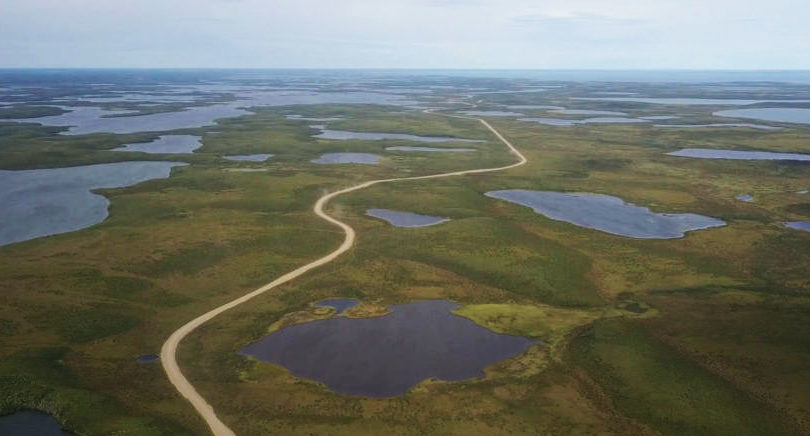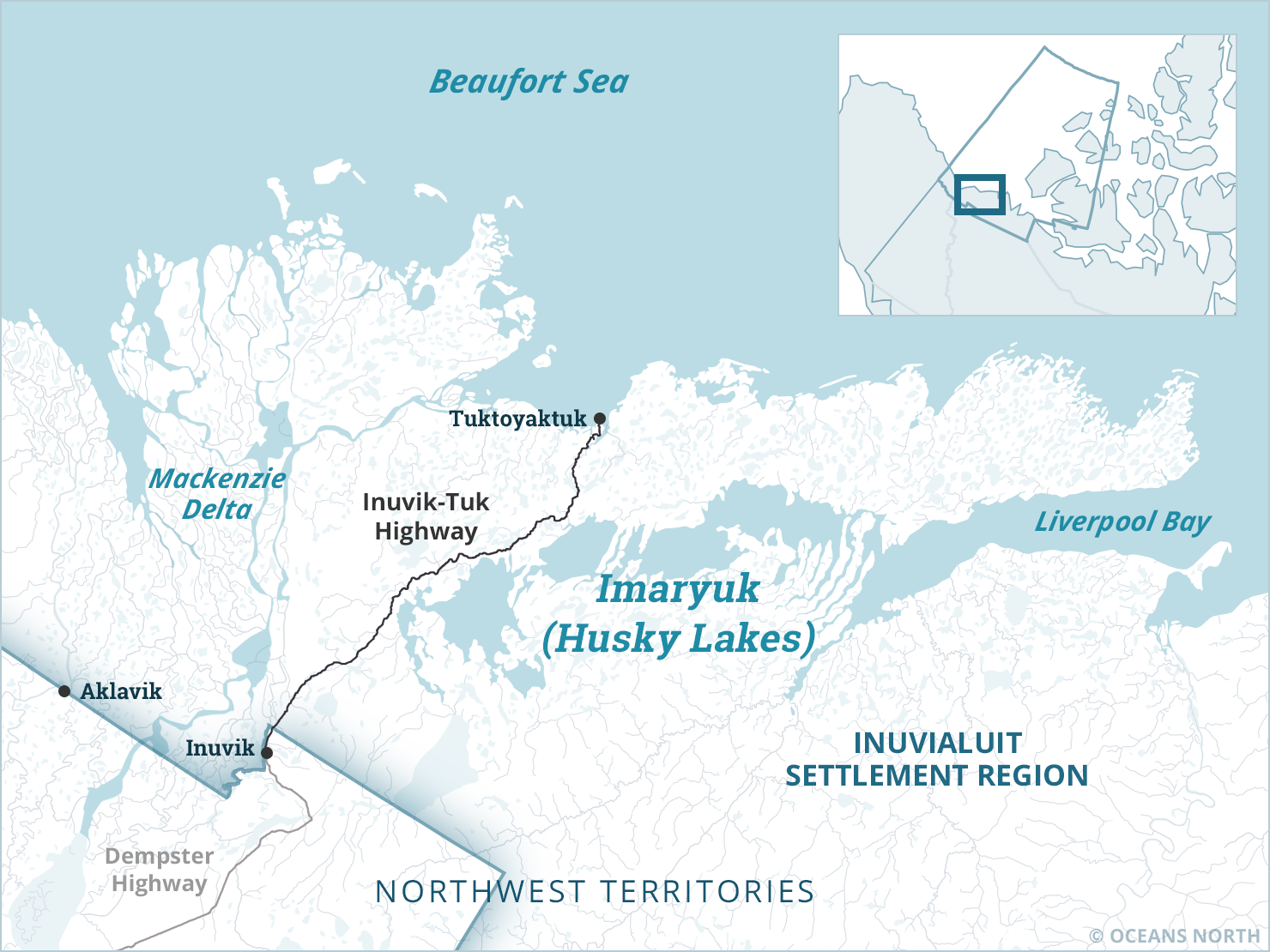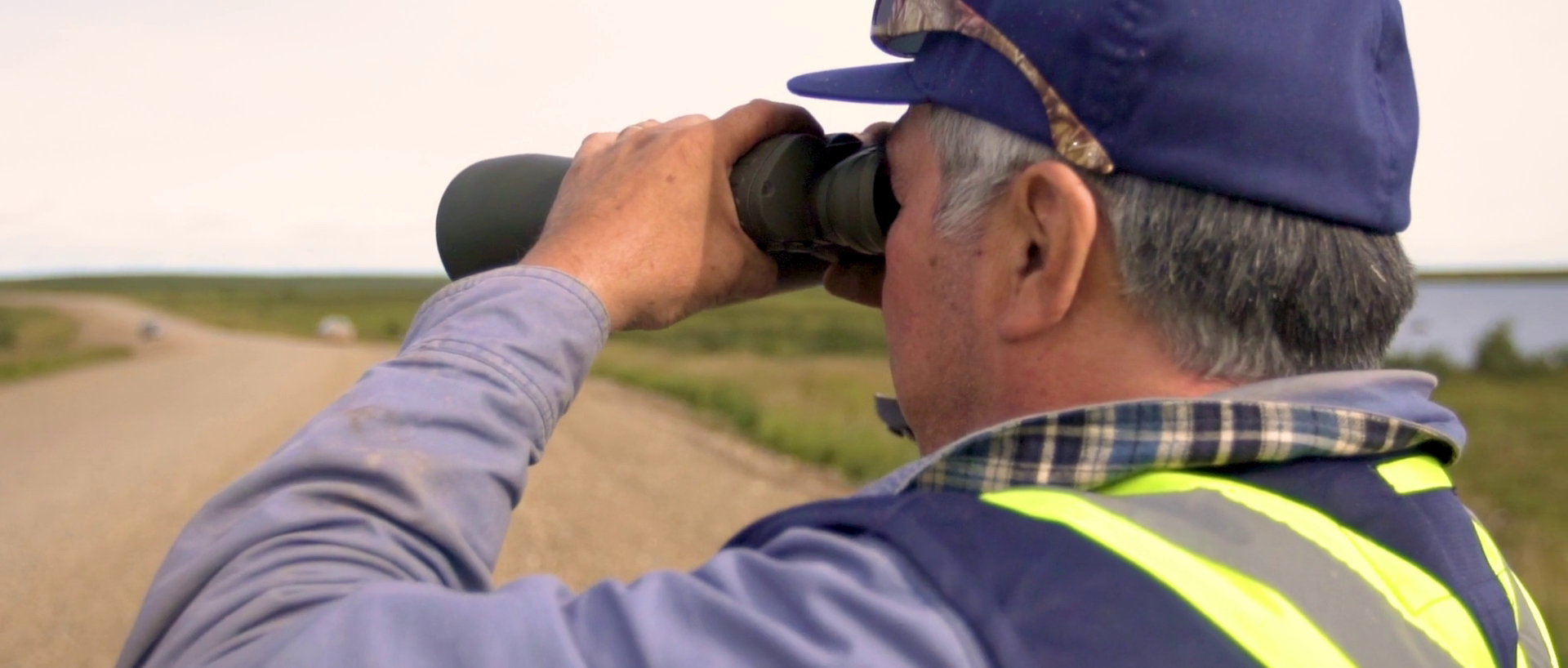Imaryuk (Husky Lakes) is located in the Inuvialuit Settlement Region (ISR) of the western Arctic. The interconnected saltwater basins of Imaryuk are home to vast populations of marine and terrestrial wildlife. Inuvialuit have been stewards of this culturally important area for centuries.
My father would take me out, we’d go around the lake and travel all day to the different fishing spots that his father had shown him, probably about 70 years before my time. That’s what I’d like to do with my kids, even my grandchildren.
Sammy Lennie Senior Monitor




